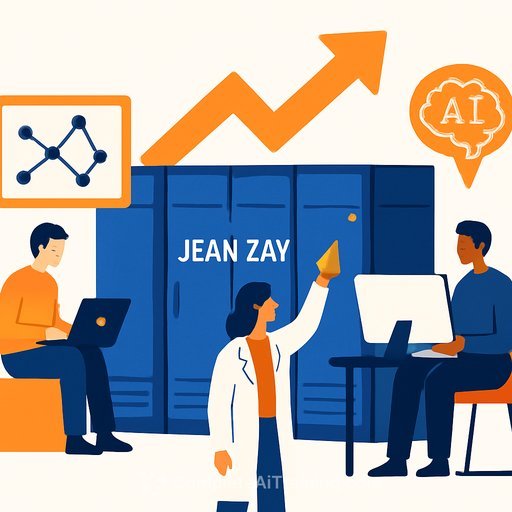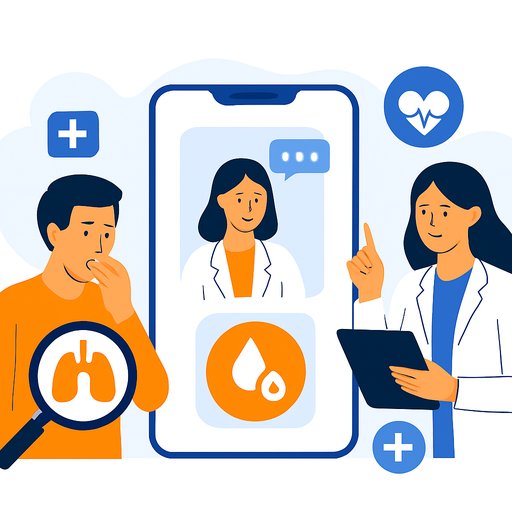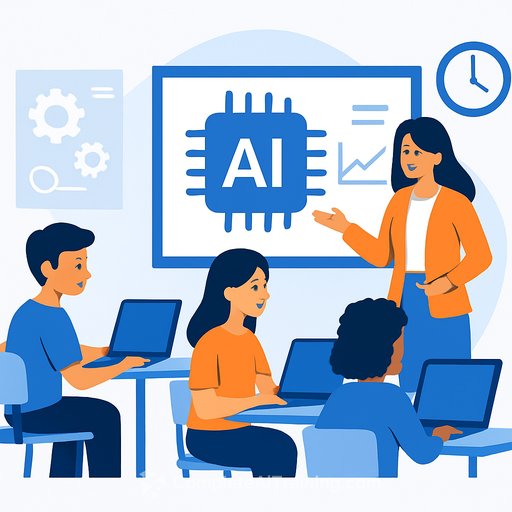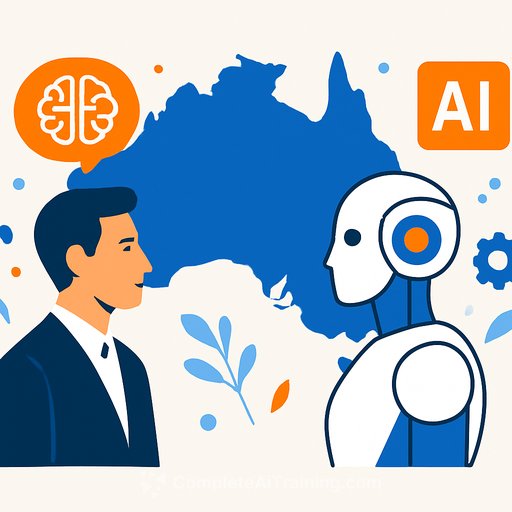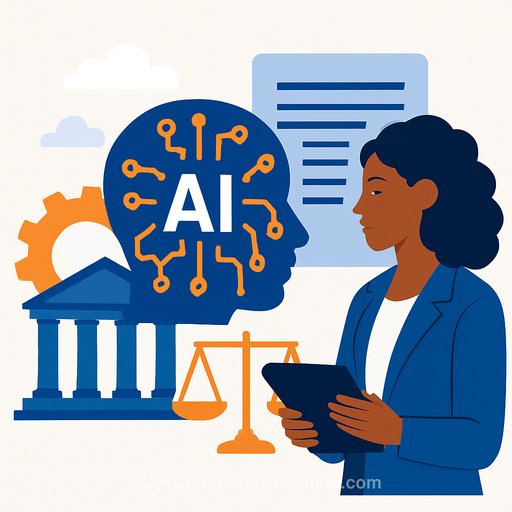Nvidia and the U.S. Department of Energy to Build Seven New AI Supercomputers: What Government Teams Should Know
Nvidia CEO Jensen Huang announced a partnership with the U.S. Department of Energy (DOE) to build seven new AI supercomputers. The announcement was made in Washington, D.C., on October 28, 2025, during Nvidia's GTC event-hosted in the capital for the first time.
"Today, we're announcing that the Department of Energy is partnering with Nvidia to build seven new AI supercomputers to advance our nation's science." Huang emphasized that all future supercomputers will be GPU-based and that AI will work alongside classical physics simulations, not replace them.
He also called out three priorities coming together at once: AI paired with principle-based solvers, quantum computing as a complement to classical systems, and the surge of data from remote sensing and robotic laboratories.
Why this matters for agencies and national labs
- GPU-first future: Expect program roadmaps and procurements to assume GPU-based compute as the baseline for scientific workloads.
- AI + simulation: Surrogate models and AI-assisted solvers can speed up physics-based simulations while preserving scientific rigor.
- Quantum on the horizon: Classical systems won't be replaced. Quantum will be used to enhance specific problem classes once they're production-ready.
- Data deluge: Remote sensing and autonomous labs will produce far more data than today. Storage, labeling, curation, and MLOps will need to scale accordingly.
Impact on mission outcomes
This build-out is positioned to support high-impact areas: climate modeling, energy systems, materials science, biosciences, and national security. Faster iteration means tighter feedback loops between research, policy, and field operations.
For mission owners, the practical shift is clear: move from single-model runs to AI-accelerated ensembles, and from manual experimentation to robotic workflows with continuous data capture.
Procurement and program planning cues
- Capacity planning: Align program timelines with staged availability of GPU clusters, interconnects, and storage. Design for scale-out, not just scale-up.
- Workload readiness: Prioritize codes that benefit most from GPU acceleration and AI surrogates. Identify kernels to refactor and models to distill.
- Data governance: Define classification, retention, and lineage early. Bake in auditability for AI-assisted results.
- Interagency coordination: Build MOUs for shared compute, data sharing, and model validation to avoid duplicated spend.
- Workforce upskilling: Budget for training in GPU programming, AI for science, MLOps, and hybrid quantum-classical workflows.
- Security from day one: Treat AI pipelines as critical infrastructure. Cover supply chain risk, model integrity, and secure enclaves for sensitive data.
Context: policy, supply chains, and timing
The announcement comes as access to advanced chips remains a central topic in U.S.-China discussions. President Donald Trump continued his Asia tour this week ahead of an expected meeting with Chinese President Xi Jinping-where advanced technology access, including Nvidia chips, is a key issue.
By hosting GTC in Washington, D.C., Nvidia signaled a deeper push into federal work and the contractor ecosystem built around it. For program leaders, this likely means closer vendor engagement, faster reference architectures, and easier access to implementation partners.
Action steps for government leaders
- Map priority workloads: Rank simulations and analytics by expected gain from GPU acceleration or AI surrogates. Start with one or two high-value pilots.
- Prepare data now: Standardize formats, metadata, and access controls so models can train and validate cleanly.
- Pilot AI-augmented simulation: Pair an existing physics code with a surrogate model to test speed and accuracy trade-offs.
- Plan for sensing and robotics: If your mission depends on field data or lab throughput, scope automation and streaming pipelines early.
- Build the team: Stand up a joint bench of domain scientists, ML engineers, and platform ops with clear ownership and SLAs.
- Train the workforce: Schedule short-cycle courses for engineers and program staff to shorten the ramp. See curated options by role at Complete AI Training.
Key quotes and technical direction
Huang noted, "Every future supercomputer will be GPU-based." He also underscored that principle-based solvers will be "augmented" by AI models and that quantum computing will enhance classical systems for specific tasks.
Remote sensing and "robotic laboratories" were highlighted as necessary to experiment at the speed and scale required for modern science.
Where to learn more
Bottom line: this is a shift from siloed supercomputers to AI-accelerated, data-heavy, mission-focused systems. Agencies that prep data, people, and workloads now will move first when capacity comes online.
Your membership also unlocks:

